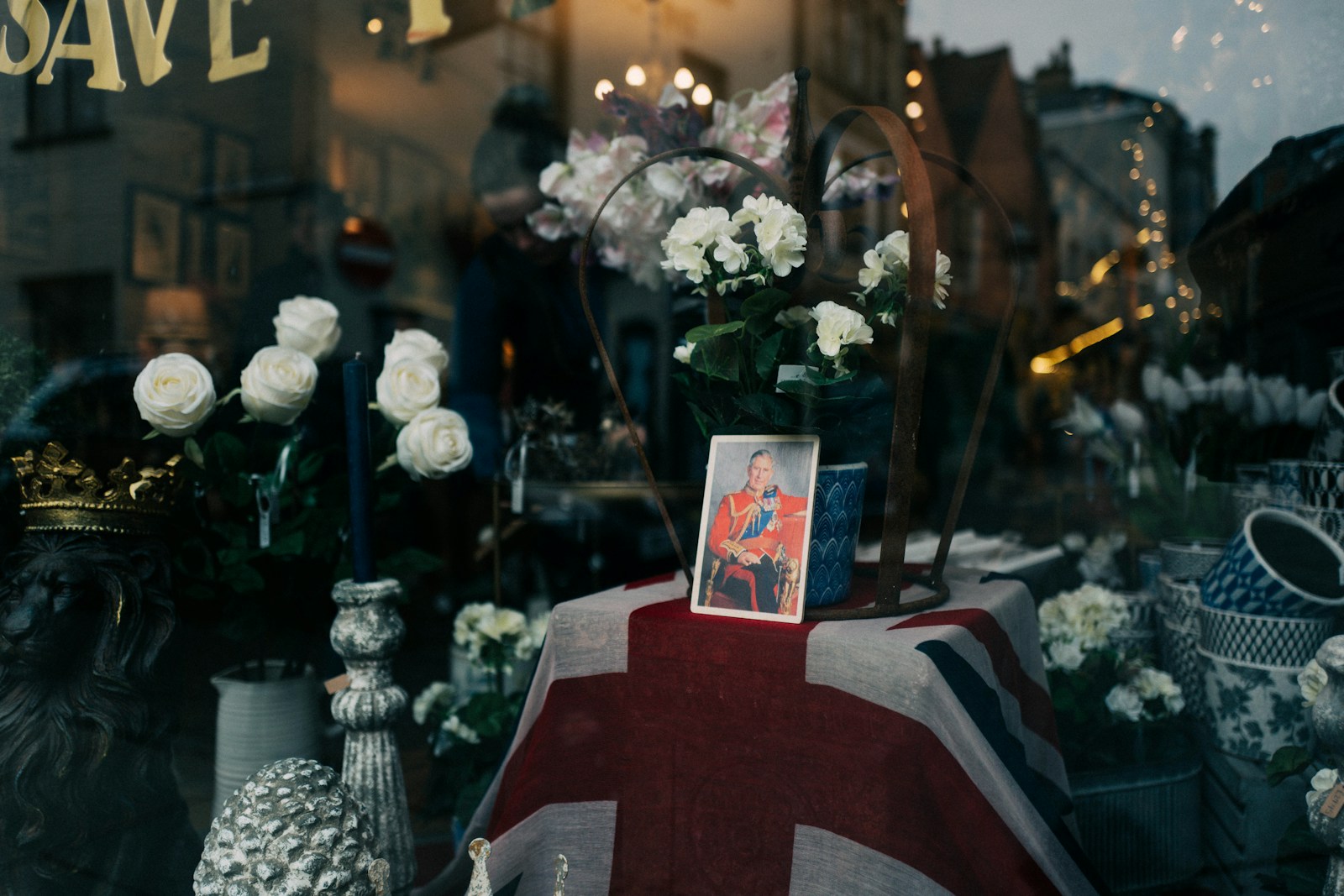The context in which “The Crown” presents Lord Mountbatten and his assassination by the IRA in 1979 is intriguing.

Is the scene in the smash hit “The Crown” on Netflix where the IRA blow up Lord Mountbatten while he’s fishing off the coast of Ireland historically true?
The answer is yes and no and maybe.
On August 27, 1979, Mountbatten and three members of his holiday party died after the IRA blew up his fishing boat, the Shadow V, off the coast of Mullaghmore, Co Sligo where he and his family often vacationed, staying at Classiebawn Castle.
Afterward, the IRA said in a statement: “This operation is one of the discriminate ways we can bring to the attention of the English people the continuing occupation of our country. … The death of Mountbatten and the tributes paid to him will be seen in sharp contrast to the apathy of the British Government and the English people to the deaths of over three hundred British soldiers, and the deaths of Irish men, women, and children at the hands of their forces.”
The bomber was Thomas MacMahon, a well known Provisional IRA bombmaker. McMahon, 31, was convicted of the Mountbatten attack and was sentenced to life in prison, but was released after serving 19 years as part of the Good Friday Agreement.
In a much talked about scene in “The Crown,” the bomb, which was placed in Mountbatten’s boat the day prior, was detonated via remote control by two IRA men who were sitting in a car not far from the harbor.
Notably, the two men are in an English registration car, which would have been highly unlikely and bound to draw suspicion in the Republic. Why on earth would the IRA use a car with a British license plate as a getaway vehicle?
Secondly, the context of the bombing is not given. Mountbatten was warned by both Irish and British security forces to avoid coming to Ireland. 1979 had marked a new and bloody stage in The Troubles, but Mountbatten chose to come anyway. He probably felt safe. He was 79, former Viceroy of India, and had nothing to do with Ireland. He was not a legitimate target as the IRA claimed.
Amazingly, as private letters revealed after his death, Mountbatten was more on the side of the men fighting for a united Ireland than might be believed.
An Irish Embassy memo, released in 2007, cited a report of a lunch with Mountbatten and an Irish diplomat who stated Mountbatten made it clear he was sympathetic to Irish unity.
In 2009, one of Mountbatten’s biographers Philip Ziegler said: “He was naturally liberal in his instincts, whatever community he was in. He thought that the views of the majority ought to be respected and they should be allowed to make their own decisions.
“I suspect that secretly he thought that, in the end, reunification was inevitable.”
Later in “The Crown” episode, viewers hear the IRA’s statement taking responsibility for the killing of Lord Mountbatten and 18 British soldiers killed that day. While the statement is being read, the scene flashes to a protest parade in Belfast, but it’s not an Irish Republican one, rather it is an Ulster Defence Association protest.
The montage scene of the unrest in the North also references the IRA hunger striker Bobby Sands, but he did not die until 1981, which means the writers of “The Crown” were including the history of the future before an event happened.

